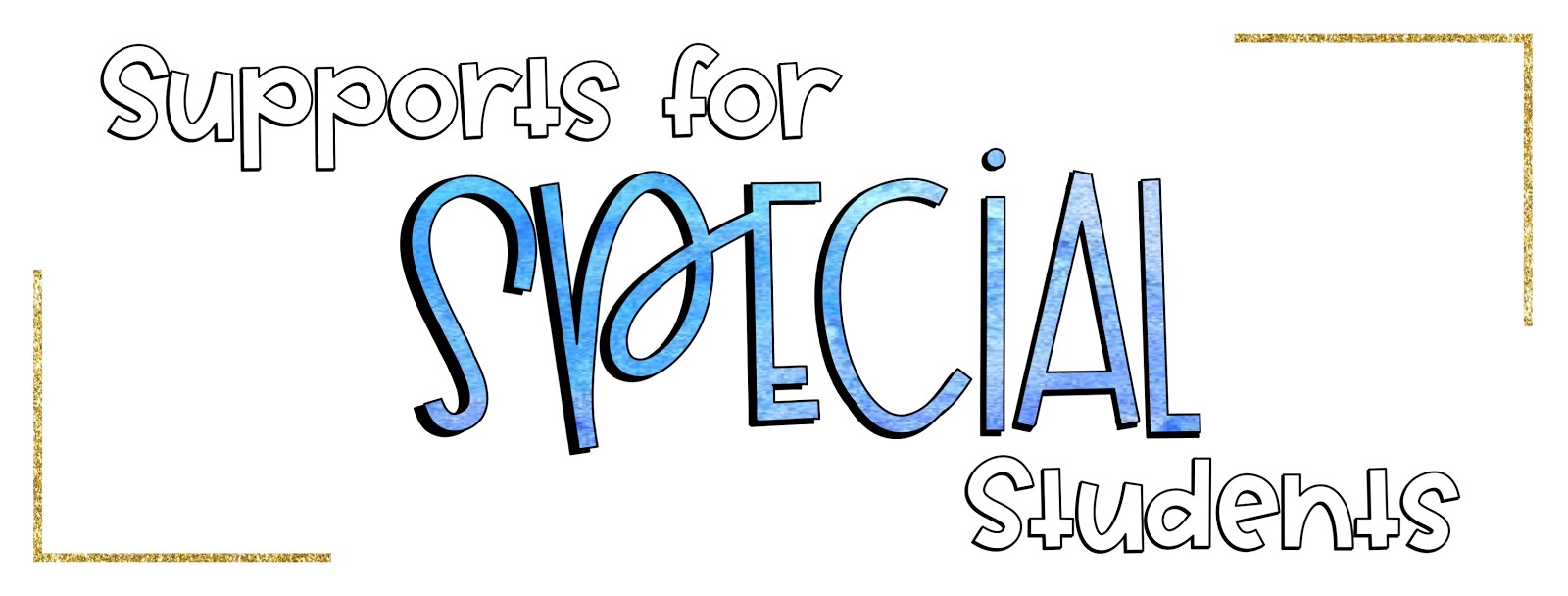You may, or may not know this about me, but I LOVE sensory bins! Not only do they provide a unique sensory experience, but they are a fantastic way to build vocabulary and strengthen fine motor skills. Best of all… the kids have no idea that they are learning!
Over the years I have built up quite the collection of sensory bin materials. In order to make it quick and easy to change the bins out, I need to keep everything organized. Here are some tips and tricks that I have learned to make managing the materials a bit easier.
Over the years I have built up quite the collection of sensory bin materials. In order to make it quick and easy to change the bins out, I need to keep everything organized. Here are some tips and tricks that I have learned to make managing the materials a bit easier.
- Keep the base materials separate from the goodies. This saves space and allows you to create new combinations of sensory bins.
- Use zip top bags to store your themed materials. It’s not fancy… It’s not pretty… but it gets the job done. I like to store all of my bags in larger tubs. Some of the bags are seasonal, and some are aligned to our reading curriculum.
- Keep an extra bin for shovels, tweezers, cups, and tubes. These tools are a great addition to the sensory bins and since they are not specific to a theme, I like to keep them separate.
- Have an extra sensory bin available so that you always have one in use and another that is in “restocking mode.”
- Put your kids to work. On the last day that the bin will be used, have your students pull out all of the goodies and put them back into the storage bag.
How do your organize your sensory bin materials? Please share!













